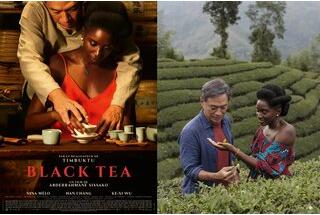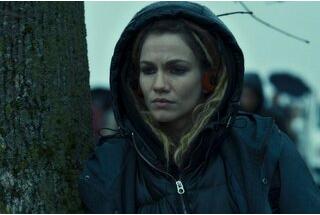Drew Daniels talks about filming Sean Baker’s “Anora”.
"The Shadow Gambler", by François Reumont for the l’AFC

Carried by a dazzling cast, with young Mikey Madison in the lead role as a stripper, Sean Baker’s Anora is a captivating film. Its writing is both simple and precise, steering the plot in one direction only to better surprise the audience and ultimately deliver a powerful final scene that is likely to go down in festival history. Shot like great American cinematographers of the 70s used to do (Kodak film, 4-perf Scope, zoom lenses, and negative flashing during shooting), this cinematic tour de force is truly one of the major events of the 77th edition of the Festival. Drew Daniels, who shot the film, explains that nothing replaces the thrill one can experience on such a film as a director of photography, making creative decisions live on set rather than relying solely on modern digital camera & post-production tools. (FR)
 En
En
 Fr
Fr
























